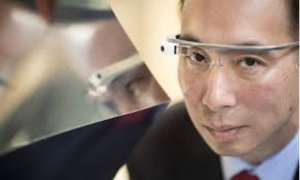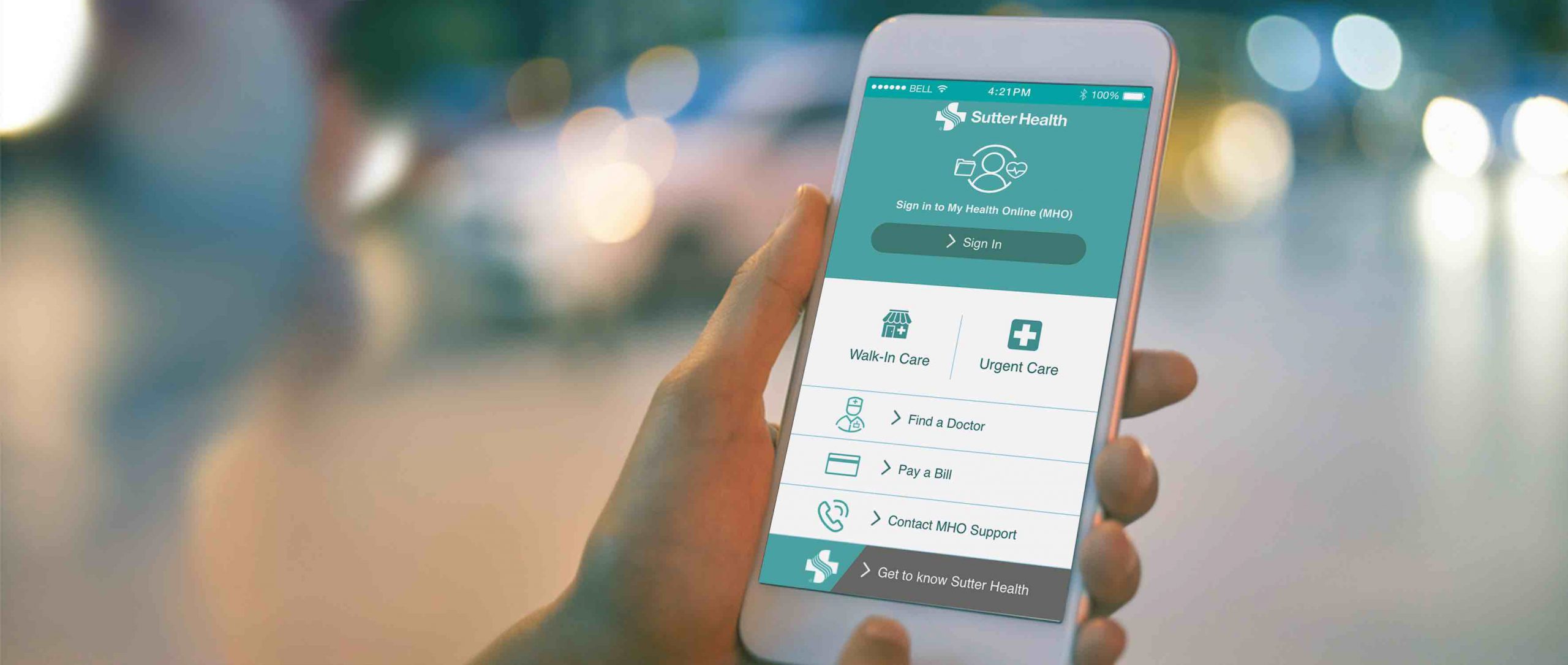Digital health experts place a lot of emphasis on healthcare’s future. At a recent tech symposium, physician leaders laid out their visions: better access, improved experiences and enhanced functionality. This idea applies not to just patients, but providers, too.
But what about the here and now with the health tech we use today? That’s exactly what Gay and Bill Krause asked and set out to help support through a $3 million philanthropic investment to Sutter Health.

Gay and Bill Krause
The Krauses have always been focused on solutions. Bill is a former 3Com and Hewlett-Packard executive, and founder of the private advisory and investment firm LWK Ventures. Gay was a longtime educator and is the current executive director of Krause Center for Innovation. In their minds, improving upon practical, everyday needs in healthcare can be just as revolutionary as the aspirational goals of the future. And what better place to start than in their own backyard in Northern California’s Bay Area and with their neighborhood healthcare provider?
“Sutter showed us how important an innovative healthcare network is to keeping a community healthy, and we are proud to invest in the digital technology aspect of that,” Gay said.
Building on some of the recent advances in digital health spurred on by the COVID-19 pandemic, the Krause investment will support online patient portal enhancements, build a digital health patient advisory group and pave the way for the next phases in digital medicine.
Gateway for Everyday Health Needs
Online patient portals are some of the most heavily used platforms—from launching video visits to renewing prescriptions for patients. They continue to grow, too. Sutter’s online patient portal, My Health Online, enjoys more than 2.7 million users who recently log into the portal nearly 8 million times a month. As the gateway to one’s personal health, online patient portals should be easy to access and navigate. This year, with the Krauses philanthropic help, My Health Online users now enjoy a redesigned look and feel with a streamlined user interface, and easier-to-access features such as scheduling visits for primary and specialty care, contactless check-in for clinic visits and securing referrals.

Albert S. Chan, M.D., M.S.
As digital health offerings expand, insights and feedback from users become even more valuable. Online patient advisory groups are gaining popularity and inform numerous focus areas, like LGBTQ+ care or women’s health. Albert Chan, M.D., M.S., Sutter Health’s chief of digital patient experience, envisions taking the concept even further to focus on digital health overall. He and his team, along with the support of the Krauses, have paired patients and family members with the digital health team, care providers and other staff to collaborate on ways to maximize digital health improvements.
“The group’s input can continue to enhance the patient and family experience across Sutter’s network in new ways,” said Dr. Chan.
Into the Great Beyond
Beyond telemedicine, digital health can morph into the next generation of care. Using Sutter’s initial virtual care successes from 2020, the Krause investment will help the network evolve its capabilities. One example is the potential of expanding a pilot project that gives patients inside Sutter hospitals access to a special channel on their patient portal dedicated specifically to their hospital stay. It comes complete with rundowns of their scheduled tests, lab results and care team details—all in one convenient place and extremely accessible right from their personal smart devices.
“The evolution of digital health solutions can benefit both the individual needs of person and the scale of the population,” said Dr. Chan, echoing the sentiments of other digital health leaders. “The ultimate goal remains the same, creating a more seamless experience for patients, clinicians and care teams.”





